Hartblei Super-Rotator 35mm f/2.8 MC
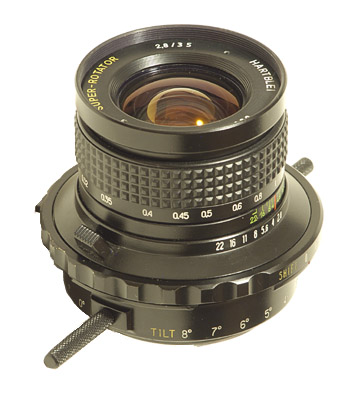
Hartblei Super-Rotator 35mm f/2.8 MC |
 |
I like architectural photography and nature photography (macro or otherwise), and both call from time to time for perspective control. Hence, I have acquired a couple of perspective control lenses. One is the well-known PC-Nikkor 28/3.5, and the other one is the Hartblei 35/2.8 Super-Rotator, shortly reviewed here.
Hartblei is an Ukrainian manufacturer which provides several out-of-the-ordinary lenses, like medium format fisheyes and tilt-shift lenses in various focal lengths and mounts. I bought mine a couple of years ago through Kiev Camera, but it seems they no longer offer this lens -- and it isn't mentioned on the factory product list, either. So perhaps it is a discontinued product? In any case, on with the review!
The Hartblei is mostly made of metal, and that shows in its comparatively hefty weight of 640 grams. The focus and shift rings are covered in knurled rubber, and the filter threads are plastic, but otherwise the construction is metallic. I have no idea of the optical contstruction, except that the front and back elements are multicoated and shine in pink and green when oblique light reflects off it.
Furthest to the front of the lens is of course the filter thread, which is 62mm in diameter. Next comes the focusing ring, thick and easy to get hold of. The lens focuses down to 0.24m and reaches roughly 1:3 magnification at that position; however the front of the lens is only about 10cm away from the subject at this point. The focus throw is long, about 300 degrees, and the first four centimeters -- from 0.24 to 0.28m -- take up one quarter of a turn! To compare, on my PC-Nikkor the whole range from 0.3m to infinity fits into the same 90 degrees! The focus ring is rather well damped -- not too stiff, but definitely does not turn effortlessly either. It has a typical "thick Russian helicoid grease" feel to it which is not necessarily bad in close-up photography.
The aperture is set with a ring, located within the shift ring, which has two small tabs on oppisite sides of the lens to assist in turning the ring (see the picture). The aperture can be set down to f/22 with click-stops at the usual places. Since the lens doesn't have automatic aperture, and has to be manually stopped down for taking the photograph, a preset would have been helpful but unfortunately there is none, so unless you want to take your eye off the camera, you have to count the clicks when stopping down the aperture.
Lens shift is controlled with a wide, thin ring which is unfortunately slightly too loose in my opinion, as it can be inadverently rotated by the brush of a palm when reaching for the focus or aperture controls. The lens shifts from 0 to 10mm and the direction of the shift can be rotated a full 360 degrees by depressing a locking tab and turning the lens barrel. There are 16 click-stops along the circle, i.e., one every 22.5 degrees. The shift and its orientation is easy to control, though the shift ring should have been made slightly more stiff.
The most unergonomic control of the lens is the tilt control. The amount of tilt, from 0 to 8 degrees off the lens mount plane, is controlled with another rotating ring; this time one which is very stiff. Indeed, the ring has been supplied with two long handles to ease the turning (see the picture). Unfortunately, these will interfere with the overhanging prism housings present in most modern cameras and at least one of them has to be screwed off when it happens. With bare fingers, the tilt ring is difficult to turn. Furthermore, the tilt direction -- which can be rotated freely around 360 degrees -- is controlled with an inconveniently small locking tab located very close to the lens mount, and it can be very difficult to reach if your fingers are not tiny.
Note that the tests below were made with the "best reasonable effort" -method -- i.e., I did not go out of my way to make sure any results would stand up to scientific scrutiny. Rather, I took about the same amount of care and effort I would take when shooting out in the field with the lens.
I've not made all possible tests yet; for instance shifted sharpness and shifted chromatic aberration tests could be done at some point and added to the page.
I've made some sharpness tests by shooting an old print at a close focusing distance (about 50cm) at different apertures. The tests were carried out with a D100 body, and do note that the D100 viewfinder is not the most friendly one when it comes to manual focusing; I did take care with lining up the camera parallel to the subject, and used the electronic rangefinder to verify the focus, but naturally there is a possibility of operator error at the largest aperture. Also note that DX sensor of the D100 will not show the outermost corners of the lens -- but I cannot be bothered shoot slide film, take it to develop, and scan it for a quick test like this!
 |
The whole frame and positions of the examined areas |
| Center | Corner | Center | Corner | ||
| f/2.8 |  | 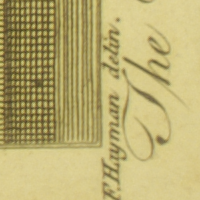 | f/4 | 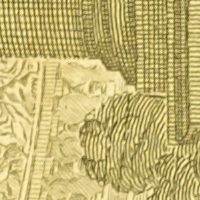 |  |
| f/5.6 |  | 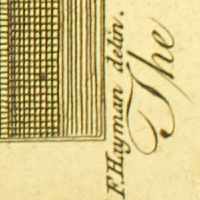 | f/8 | 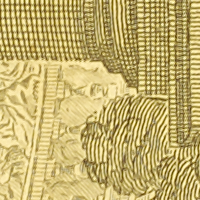 | 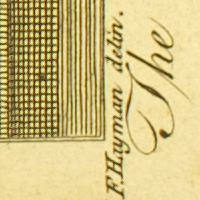 |
| f/11 | 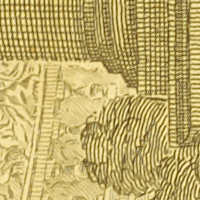 | 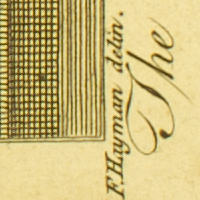 | f/16 |  | 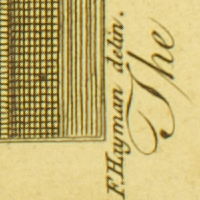 |
| f/22 | 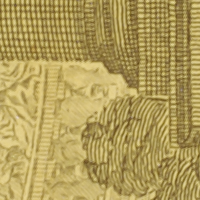 | 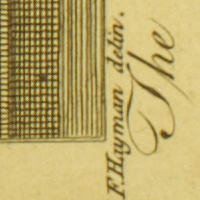 |
The crops above are unprocessed (except for raw-to-tiff conversion in Nikon Capture) 200x200 pixel rectangles from the positions indicated above. The best sharpness seems to be around f/5.6, and sharpness deteriorates when moving to either extreme, which is just to be expected.
The big deal about a tiltable lens is of course that the plane of focus can be controlled according to the Scheimpflug principle. And yes, you can get that out of the Hartblei. However, take care to choose a camera which has the clearest viewfinder possible! With a D100, it is extremely difficult to determine the plane of focus from the viewfinder unless the scene is lighted very well. A decent film body like the FM2n is much easier in this respect. On the other hand, shift is very easy to control also with the D100.
I haven't made any actual tests regarding tilt, but below are a couple of examples of what can be done. Both pictures were shot at full aperture, one was tilted while the other one was not.
 |
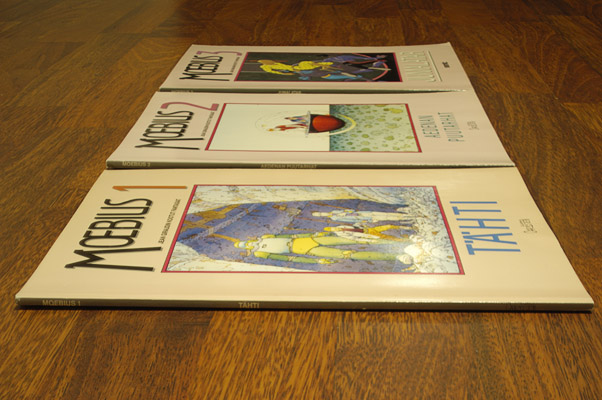 |
Yes, it actually works! |
The aperure of the lens is a hexagonal six-blade arrangement, and consequently the lens bokeh is not terribly endearing. An example (one of the worse ones I've come across) follows below.
 |
Where's my hex wrench again? |
As the 35mm focal length is not terribly wide to start with, and on a DX body has the angle of view equivalent to roughly 50mm on film, the architectural use of the Hartblei lens is somewhat limited on a digital body. On the other hand, in nature close-ups a longer focal length might be desirable, and this could be achieved by using a teleconverter.
Unfortunately, while I have two good-quality teleconverters, a TC-300 and a TC-14E, neither of them is directly suitable. The TC-300, intended for long telephotos, has a very protruding front element which precludes its mounting to the lens -- or rather, the lens cannot be focused close without risking collision between elements of the converter and the lens. On the other hand, the TC-14E has a mechanical tab to prevent mounting other than AF-S lenses. While this tab can be filed away, I've not yet done so. I will update the page if I get around to remove the tab.
The Super-Rotator offers impressive full perspective control to the user, allowing independent tilting and shifting around a full 360 degree circle. However, the lens is not very ergonomic and the focal length of 35mm limits architectural use on a digital body.
Only a patient person should consider buying the Super-Rotator and putting it to its intended use, as it is a slow lens to use and should be used methodically, especially when it comes to tilting. If a digital body with a dim(ish) viewfinder, like the D100, is used, an extra helping of patience will be very helpful.
It is a very special-purpose lens, and while it allows the user to produce pictures which would otherwise be impossible, I have to admit I've so far used it in a very limited amount. But, it is not terribly expensive -- you can buy about three of them for the price of one mint PC-Nikkor -- and I'll keep carrying mine along for nature shoots. For architecture, where I don't need the tilt feature, I prefer the PC-Nikkor.
Copyright (c) Hannu Mallat < hmallat at gmail dot com > 2005. Last updated Feb 20, 2006.